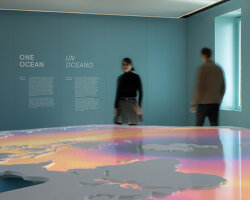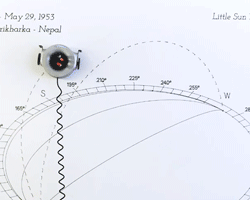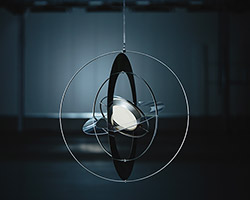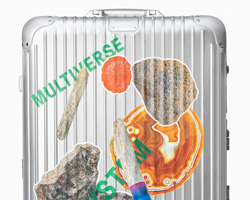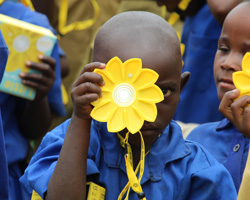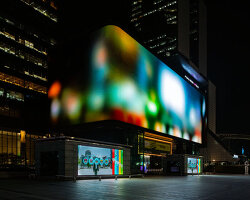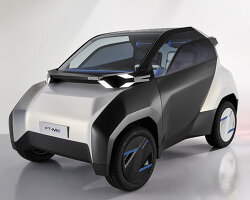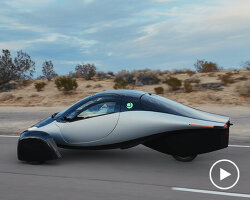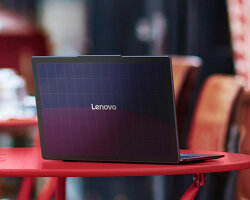little sun — the nonprofit founded by artist olafur eliasson and engineer frederik ottesen — has debuted a global creative communications campaign that aims to help tackle climate change, and accelerate the transition to net-zero carbon emissions and universal access to clean, affordable energy.
reach for the sun: ten steps to creating a solar-powered world has been thoughtfully illustrated by nigerian-italian artist diana ejaita and supported by the IKEA foundation, and includes an open-source communications toolkit and resources for individuals and organizations to take action. ‘we believe that in order to create a world that thrives, we must urgently shift our perspective and turn conversations often centered around fear and data, into conversations that center on feeling and hope for all,’ john heller, CEO of little sun tells designboom in an exclusive interview. ‘we want to change the narrative about renewable energy and climate action, to create new spaces that inspire and ignite the imagination.’
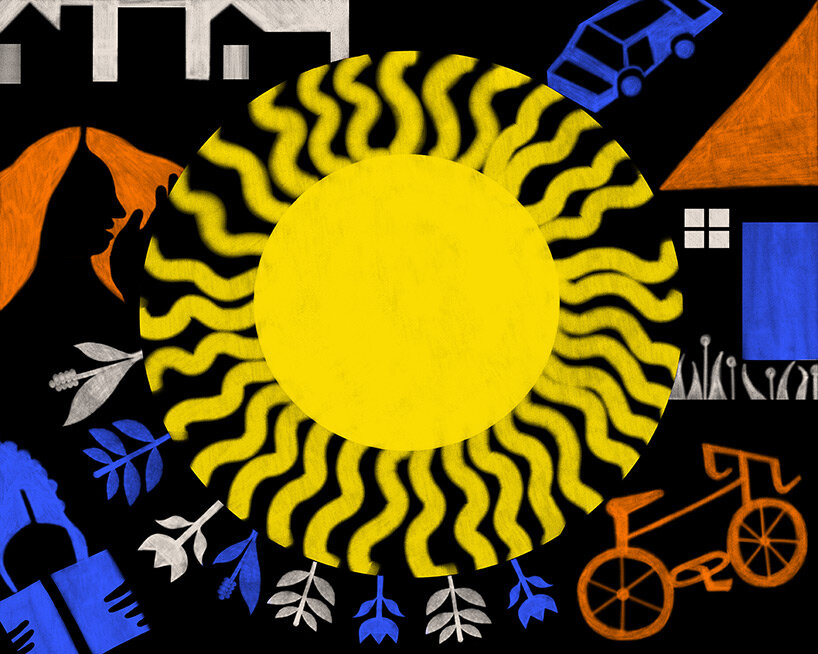
1. imagine a solar powered world
envisioned as a creative communications tool to transform climate change fear into hope and action, reach for the sun is intended for both individuals and organizations working toward the global energy transition. the beautifully illustrated guide by diana ejaita — which draws from the visual cultures of the african diaspora — invites viewers to imagine and then effect a majority solar-powered world. the campaign, with its accompanying library and digital toolkit, charts a roadmap that encourages the public to alter their personal behavior and comes as part of little sun’s ongoing initiative to engage creatives in the global movement to combat climate change, calling on them to join its global community.
although it provides only three percent of the world’s power currently, research suggests that solar can meet the majority of the world’s energy needs by 2040 and is the most powerful means of preventing runaway climate change — if implemented now.
designboom spoke with little sun CEO john heller about the research behind identifying the ten actionable steps, charting a roadmap to social climate advocacy, and engaging creative voices to guide humanity to a better future.
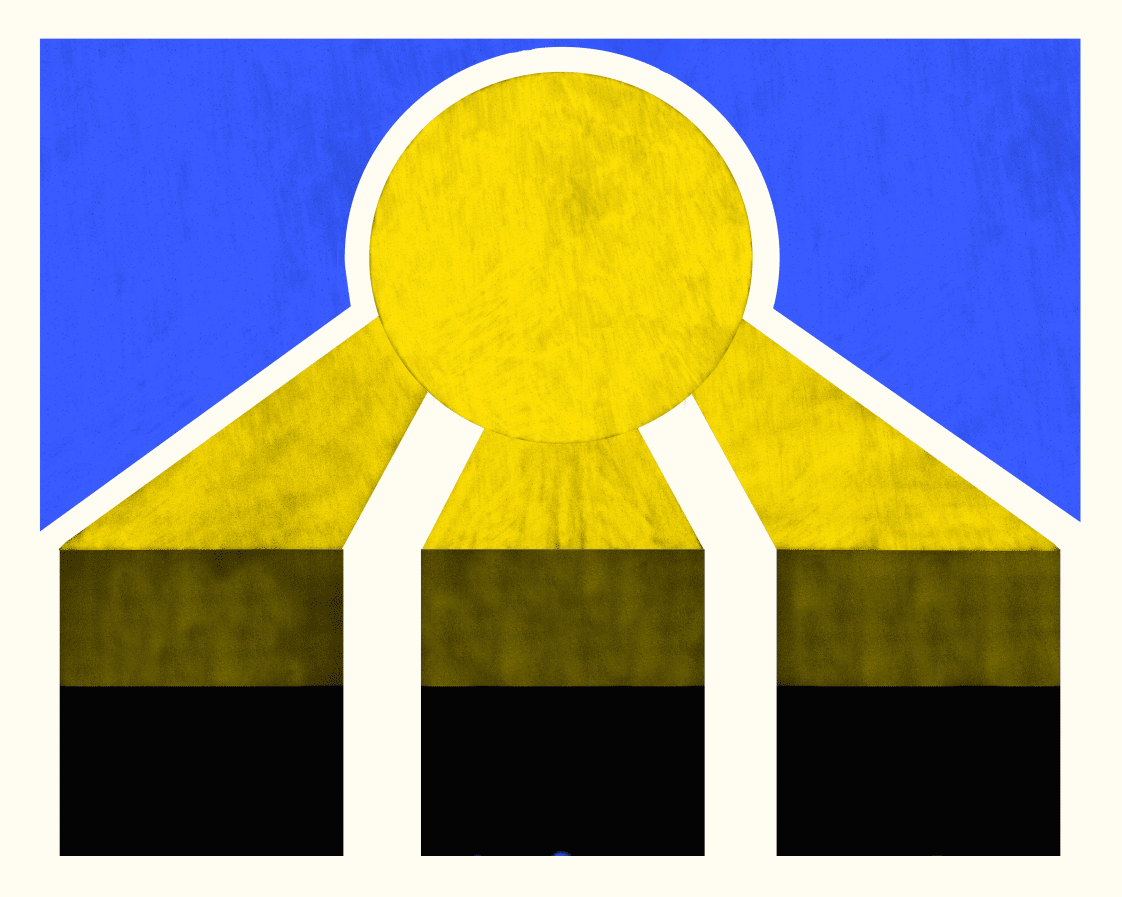
2. touch the sun and feel its potential
designboom (DB): why was now the time for little sun to introduce this global campaign?
john heller (JH): we believe that in order to create a world that thrives, we must urgently shift our perspective and turn conversations often centered around fear and data, into conversations that center on feeling and hope for all. we want to change the narrative about renewable energy and climate action, to create new spaces that inspire and ignite the imagination. little sun is investing in its culture program, working with artists such as diana ejaita, with the goal of shifting the public’s perspective on the climate crisis—grounding the climate conversation not in fear and despair but in hope and possibility for what we can create together.
why the focus on solar? we are grasping for solutions to the causes and consequences of the climate crisis. and yet a solution is visible to us all the time, every day. solar has the capacity to provide the majority of our energy, yet today it makes up just 3% of our power. solar is readily accessible, versatile, and affordable. it offers the promise of a better life now, particularly for the 800 million people who live beyond the reach of the electricity grid. lighting the world is possible — but getting there depends on all of us. simply put, transitioning to renewable energy is the most powerful thing we can do to stop climate change energy is where the majority of our emissions come from.
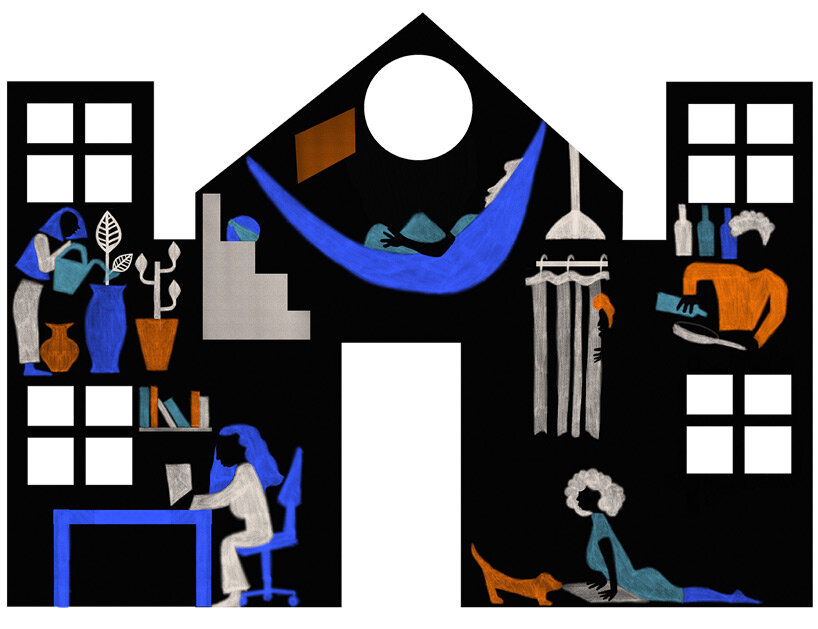
3. reflect on your energy behavior
DB: what research and investigation was behind identifying these ten actionable steps?
JH: we undertook a significant amount of research in this particular area, thanks to support from the IKEA foundation. speaking to leaders across environment, arts, renewable energy and communications — the resounding message was the need to move from a data driven conversation to something more emotionally engaging. the absence of a vision for a better version of the future was also quite clear. so, we begin with feeling — as this drives what we do. starting with a mediation on the sun we felt was the most powerful thing we could do. its only then do we invite people to start to change their everyday behavior. we were keen to simplify often complex things, such as divestment, and make clear the most powerful actions people can take based on a through understanding of the clean energy transition. finally we move to engagement, such as writing to politicians, which is of course crucial.
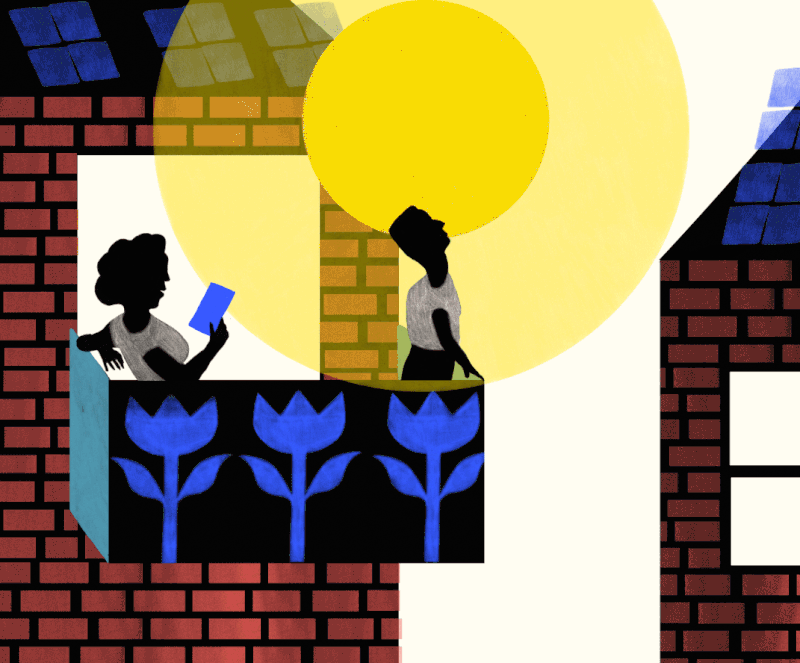
4. changing the world begins with changing habits
DB: what forms part of the entire open-source communications toolkit and campaign library?
JH: it’s important to us that this campaign is available to all, so we’ve invested a lot of time in making both the artwork and steps open-source and compatible for every social media platform. here you’re able to download everything you need to spread the message and encourage others to get involved.
the campaign library is packed with reference material, tips, books, videos — you name it! from how to switch to clean energy at home, to divestment and more, we want to make creating a solar powered life as simple and informed as possible.
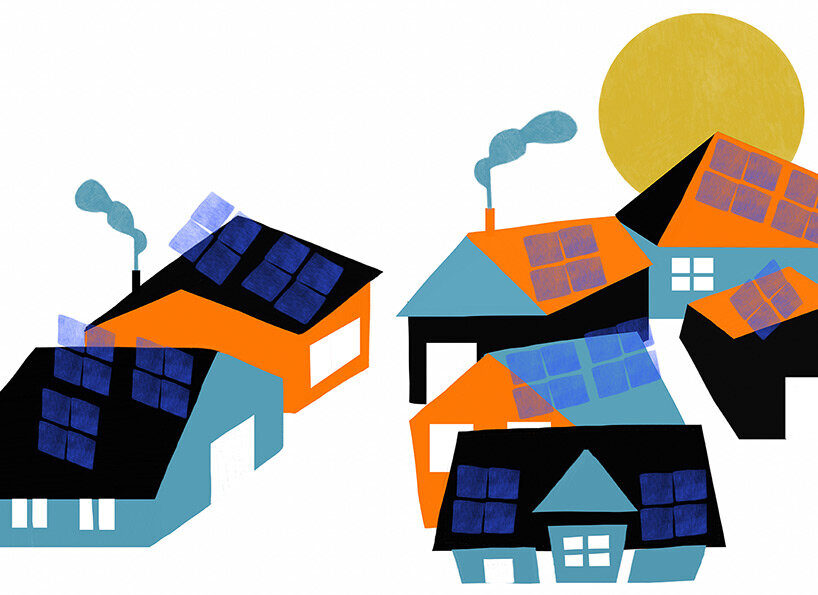
5. power your home with renewables
DB: in what ways does the initiative chart a roadmap from personal to social climate advocacy?
JH: we begin with tapping into our emotions, inviting people to imagine a solar powered world. this grounds the steps in our feels, which is essentially the most powerful driver for action. the ten steps then move to changing behavior to advocacy.
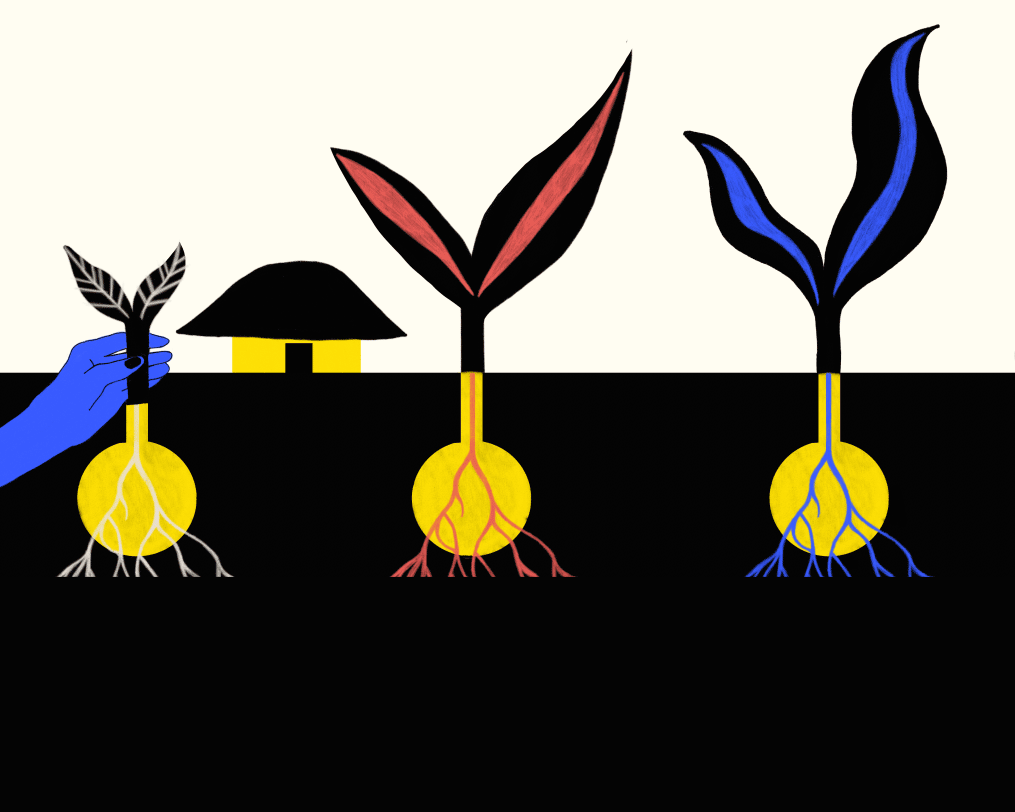
6. consume from and invest in clean companies
DB: who would you most like to engage with the campaign? who do you think would be particularly impacted by the information?
JH: this campaign is for those concerned by climate change but don’t know what to do. so, the majority of us! in particular, we’re keen to engage with creatives as they have a huge role to play in influencing everyday culture and where we go next as a society.
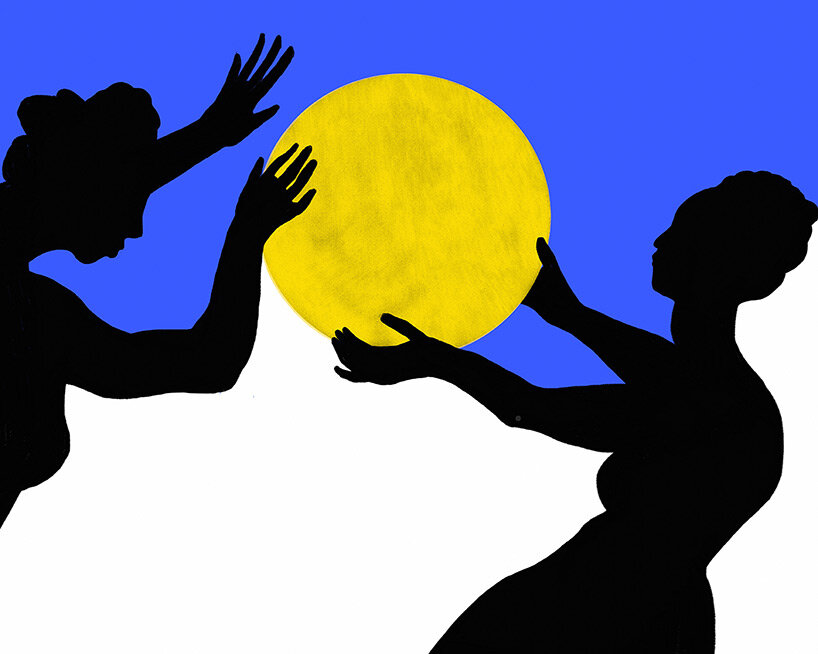
7. support nonprofits advancing solar
DB: what has been little sun’s relationship to the campaign’s artist, diana ejaita, and what has her personal voice contributed to the conversation?
JH: we considered many contemporary artists as we were conceiving the project. but, put simply, diana really stood out above the rest. not only is she hugely talented, her work speaks for itself, but her focus on interconnectedness and international social justice really resonated with us. we were keen for a warm, graphical approach that would convert well to social media, and a designer interested in symbolism. as soon as we spoke to diana it was clear we should work together, she was passionate about the transformational potential of solar power – having seen its impact in west africa. diana, in herself, represents the world we are trying to influence. as a nigerian-italian, she has experienced the lack of access to energy in africa as well as the need for behavior change on a mass scale in europe and the rest of the world in order to reverse climate change.
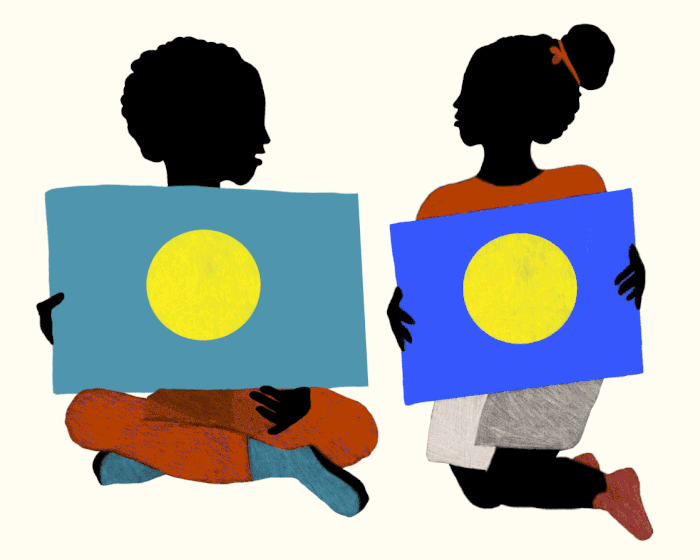
8. involve your family and community
DB: why is it important for little sun to work closely with artists and creatives? what do you hope will be the result of these creative encounters?
JH: art and culture hold great potential to move us. an encounter with a work of art is a deeply human experience, both personal and universal. artists give voice to untold stories, encouraging us to identify with one another. they can broaden the idea of what constitutes we, motivating us to question what is possible.
that’s why we’re investing in new culture programs, engaging artists and creative voices to craft new narratives that guide humanity to a better future. we hope our culture programs encourage us all to feel what it is to be human. to dream big and move together to create the world we want.
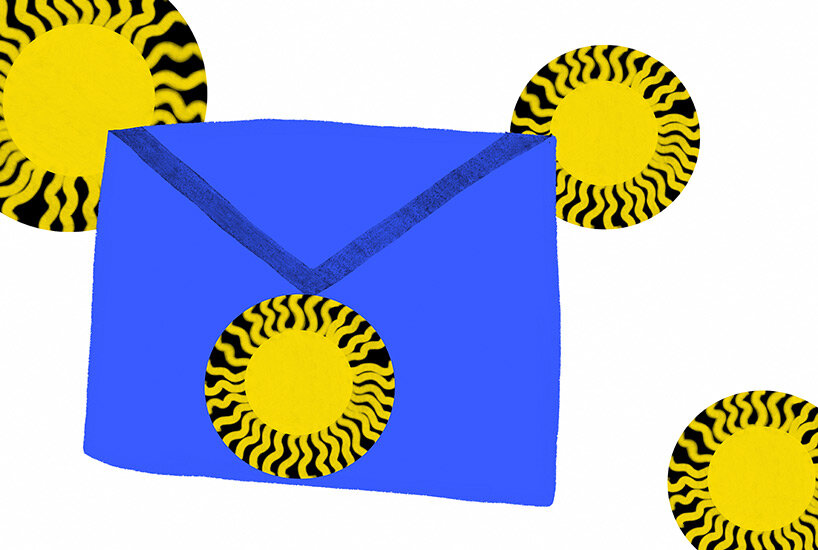
9. write to your elected officials
DB: are you optimistic about the future of a solar powered world? what role do you hope little sun will play in shaping that?
JH: yes. it feels as if there is a growing global energy for change. solar is also now the most affordable source of energy, and the only way of ensuring the 800 million still living without electricity can get power. I genuinely think it is unstoppable. it’s just a matter of accelerating this in time, and being as ambitious as we can about creating a world powered entirely by renewable energy — starting today.
I hope little sun can help bring solar into everyday lives and conversations, through the powerful force of art and culture.
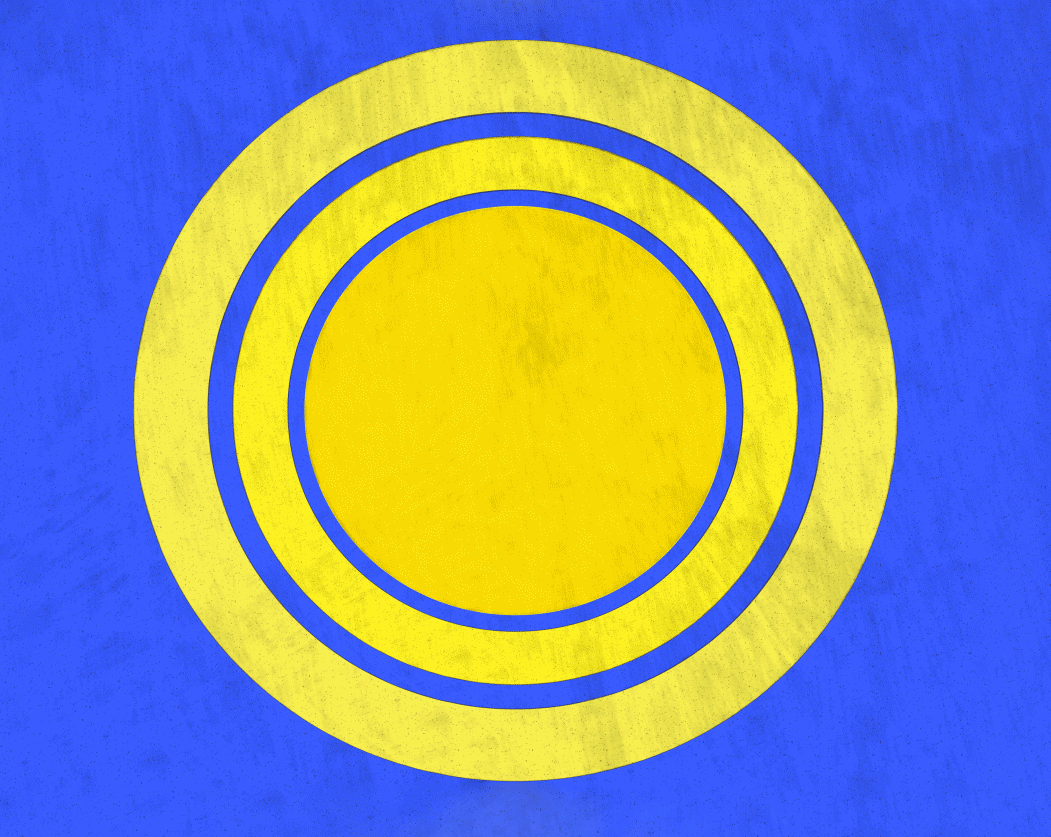
10. vote solar


